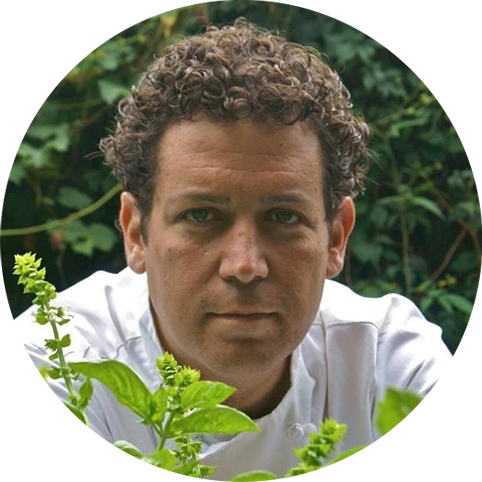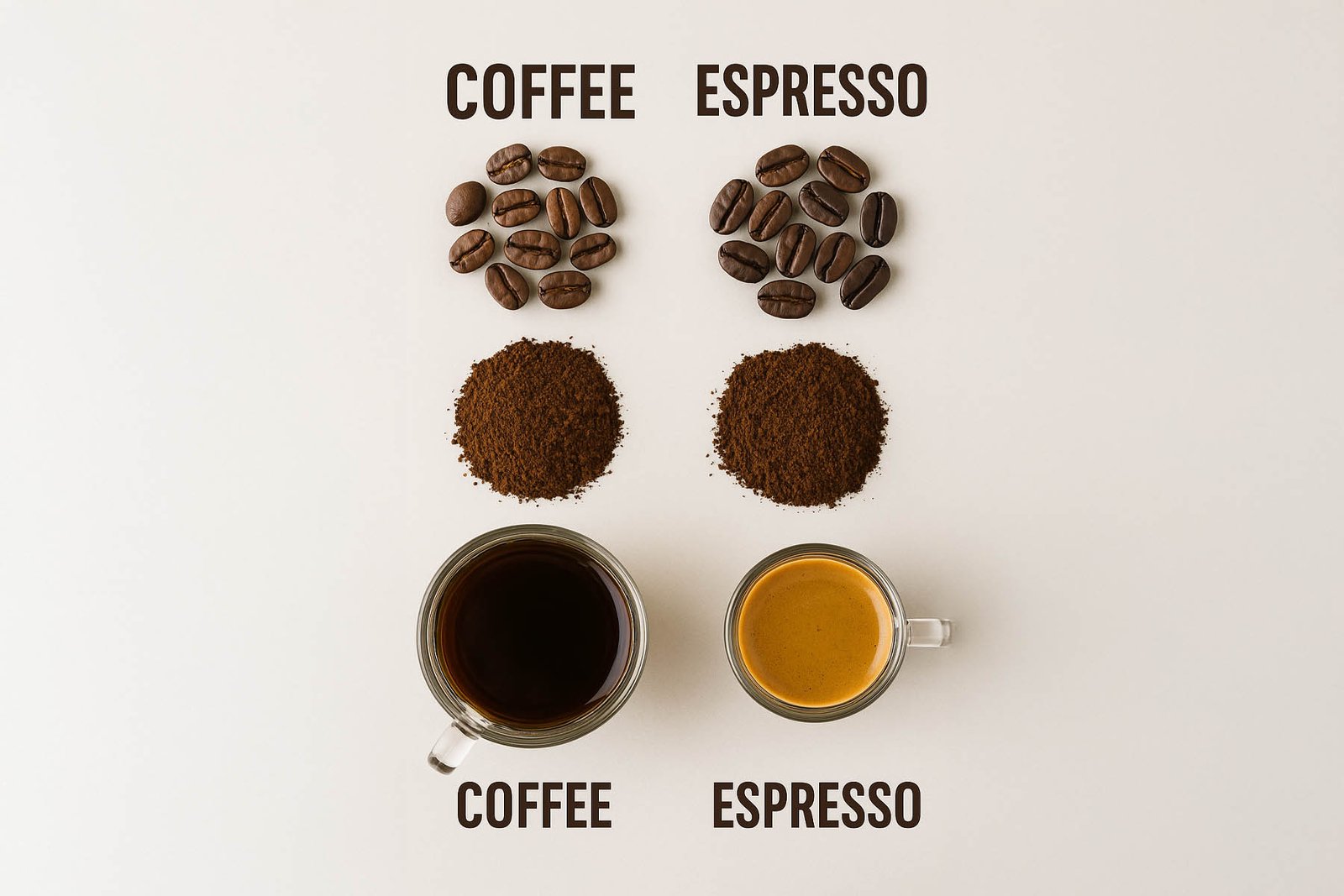Here’s a truth most places get wrong. The debate over espresso vs coffee beans isn’t about the plant. The real difference is the process. Yet, the industry fails at this daily, serving bad coffee from pods. That’s like a fine-dining kitchen using a microwave. My mission is to fix this.
I was at a restaurant recently. The meal was excellent. But when I ordered a double shot, I heard the quiet hum of a pod machine. The cup arrived with a fake, bubbly crema that vanished in seconds. One sip tasted of compromise: flat and dull. That one lazy decision ruined an otherwise perfect experience. It shows a lack of respect for the craft.
The Coffee vs. Espresso Myth: An Honest Answer
So, are espresso beans different from coffee beans? The honest answer is no. This myth exists for two reasons: marketing and laziness. Big brands created the “Espresso Blend” category to capitalize on the espresso vs coffee beans confusion. It’s a trick to make you think it’s special. The myth also survives because it’s easier to say “use the espresso beans.” It’s a substitute for properly training staff on coffee’s complexities.
Understanding Espresso vs Coffee Beans: Breaking Down the Process
True understanding espresso comes from mastering its variables. It’s a dance between heat, pressure, and time.
Roast, Region, and Crema
This style of coffee uses a dark roast to create a smoother, less sharp taste. This roast is also key for a rich, stable espresso crema. The bean’s origin matters greatly. Here is a simple guide:
- Best Regions for Great Shots: Brazil, Colombia, and Guatemala. These lower-elevation beans have a smoother body, making them perfect for single origin espresso.
- Regions to Use with Caution: Ethiopia and Kenya. These beans have bright, tangy flavors. These notes can taste sour when concentrated in a small, pressurized drink.
Grind Size: The Essential Factor
This method requires a very fine, flour-like grind. Drip coffee needs a medium grind; a French press needs it coarse. The grind is a key factor in the espresso vs coffee beans distinction. Get it wrong, and you ruin the coffee. More importantly, pre-ground coffee is already stale. Oxidation begins the moment beans are ground, and flavor is lost within minutes. Freshly ground beans are essential for quality.
The Elephant in the Room: Pods & Profit
Let’s talk about the industry’s lazy secret: pod coffee. This is an insult to your customers. Pods are convenient, not artisanal. The grind, roast, and pressure are all wrong. The flavor is flat and the passion is missing. This lazy approach is why the espresso vs coffee beans confusion benefits them.
I have a direct message for my fellow restaurant owners. Stop making excuses about the espresso vs coffee beans issue. You are the leader; this failure is on you. You are charging for a premium experience but delivering a cheap shortcut. Take 100% responsibility for everything that leaves your kitchen. That includes the very last sip.
Coffee has one of the highest profit margins in any restaurant. Reinvest a tiny fraction of that into a quality machine. It’s not an expense; it’s a statement about your standards.
The Final Sip: Why Your Guests Notice
A true espresso is not just strong coffee. It is an art form. When done right, it improves the whole meal. Your guests will absolutely notice the difference.
Want to taste the difference for yourself? Come visit us at Aroma Thyme Bistro—where quality still means something.








